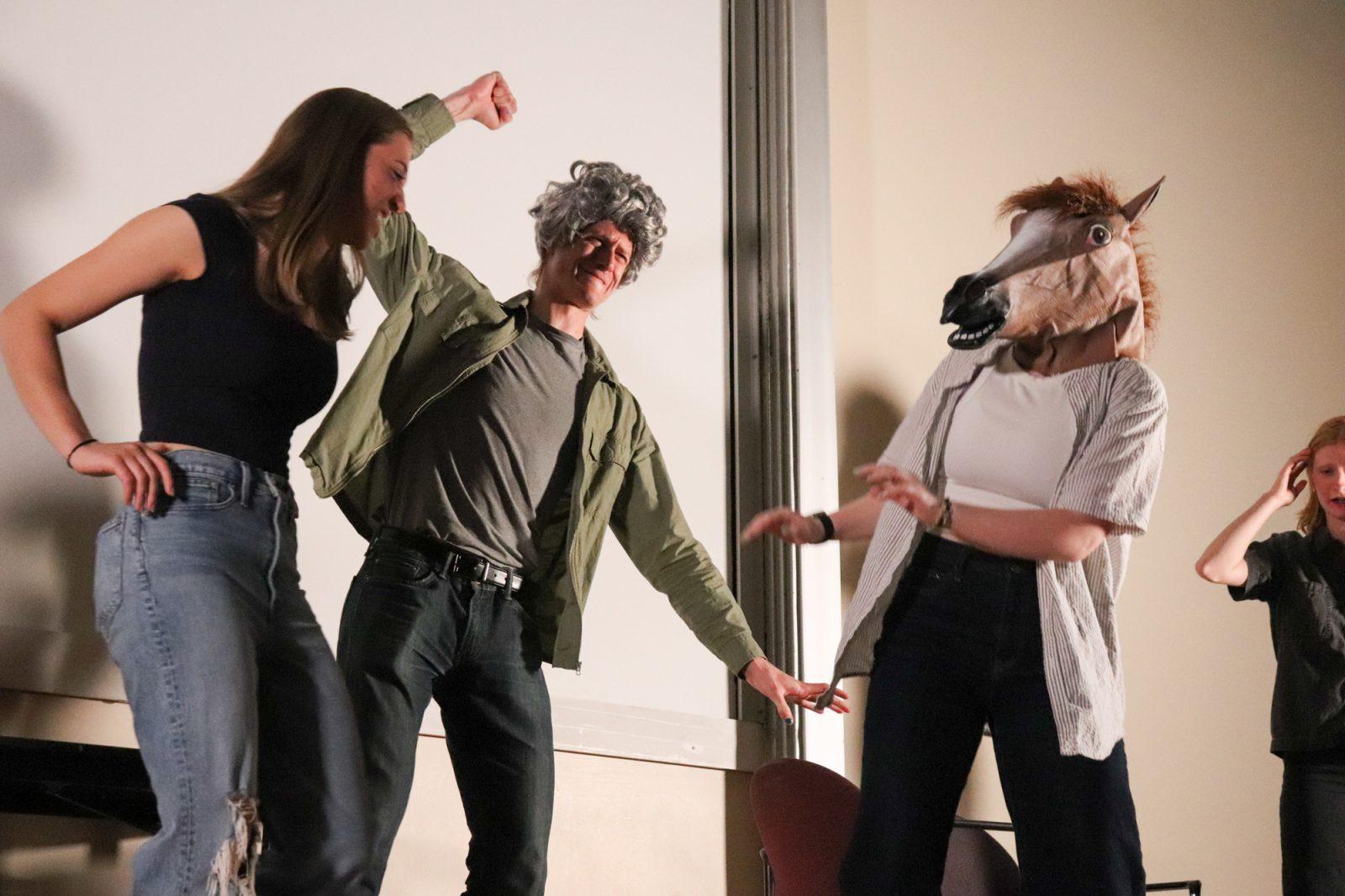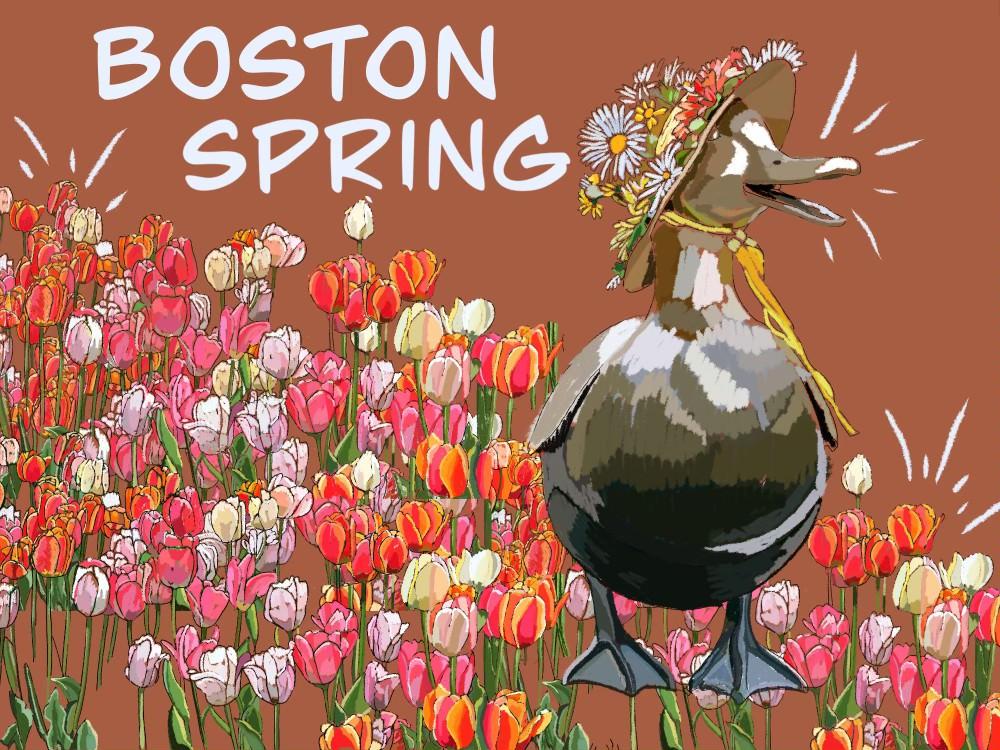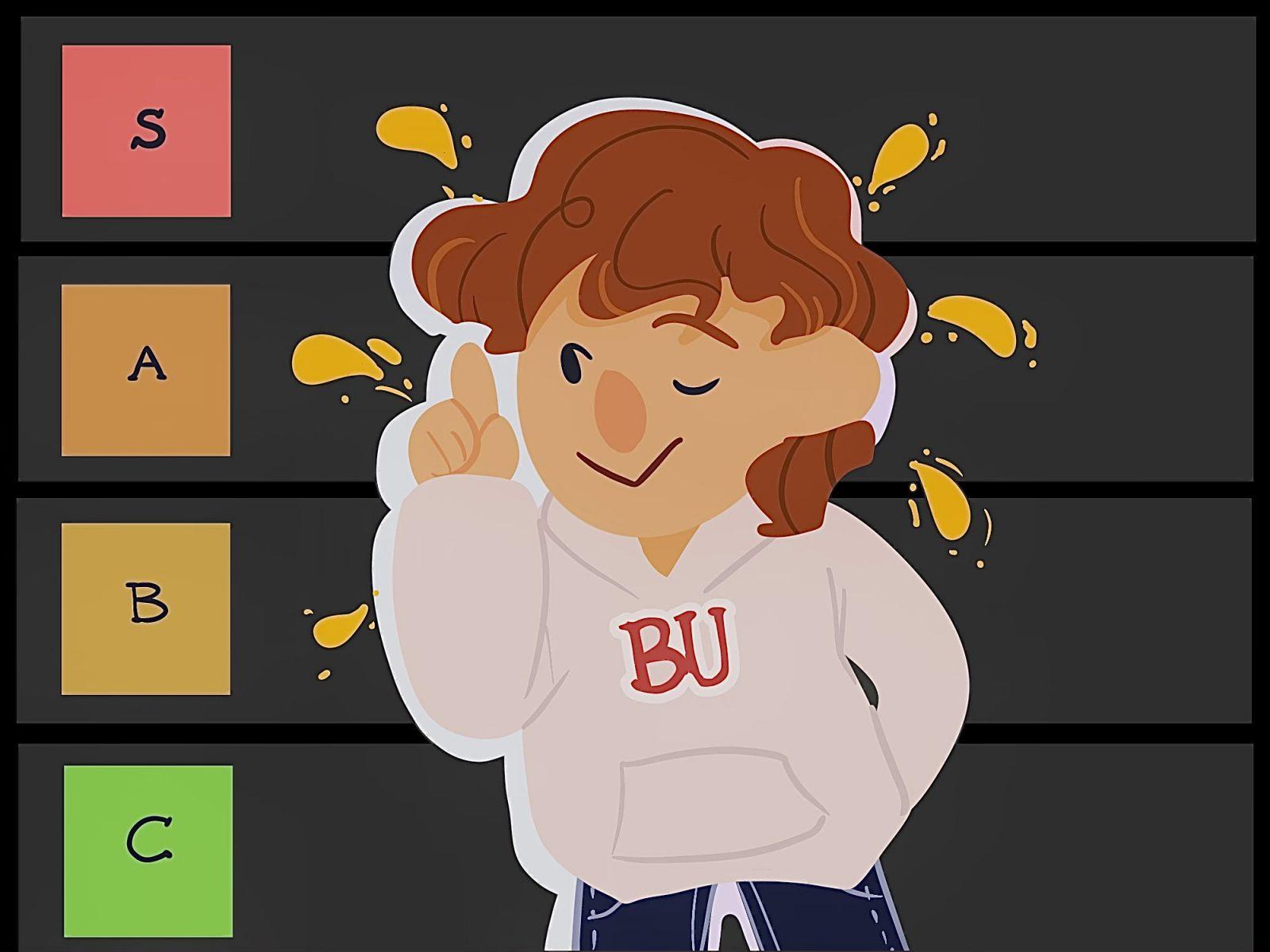I remember going to The Metropolitan Museum of Art in New York City with my parents when I was younger. I remember the sleek and reflective white flooring, with entire walls dedicated to individual pieces of art, enclosed in embellished gold frames. I remember visitors circling the paintings in awe, silently examining them with looks of laser-sharp focus and nuance I never quite understood.
I would mimic their stances — folding my arms, furrowing my brow in a sort of inquisitive way and perusing the museum pamphlet from front to back. My little sister and I would always get lost in seemingly identical rooms, walking in what felt like endless circles. We would even make a game out of trying to figure out where we were without the use of the museum map. Later, on the drive home, my mother would lecture us on the names of the various artists we had seen, as well as their notable works.
“Degas painted those ballet dancers. Monet was the one with the water lilies. ‘The Thinking Man’? That was Rodin.”
But I always felt like I was missing something. Where other people saw something mind-blowing, I saw pretty colors and a pretty picture — nothing more. I didn’t get how people could stand and stare at a single painting for half an hour. Were they seeing something I wasn’t?
My mother was born in Eastern Europe to parents of humble origins but educated backgrounds. From them, she garnered an appreciation for art that she attempted to pass down to me like one does a foreign language or particular skill.

She often mentioned the cheap but frequent trips she would take with her parents as an only child, staying at scrappy hotels to afford traveling twice a year, if not more. They never failed to stop by art museums, from the Van Gogh Museum in Amsterdam to The Louvre in Paris.
As I grew older, my art appreciation flourished, though not for the reasons one might think. I haven’t magically gained the ability to deeply analyze paintings and what they symbolize, nor do I find myself spending more than five generous minutes on a painting when strolling through dimmed museum hallways.
For me, art serves as a tether to my mother, the same way it connected her to her parents. My grandparents saw art as a necessity to a child’s education, and so did my mom. The experience of traveling to museums with my family contributes to the indescribably strong bond I share with my mom. I was, and still am, enthralled with stories of her childhood and the descriptions of paintings she relays to me. She’s helped me understand those nuanced looks I used to mimic and the emotions behind them.
This past weekend, I visited the Isabella Stewart Gardner Museum with my younger sister. Although my mom couldn’t join us, it truly felt like we were coming full circle, reviving a treasured childhood tradition. The museum was absolutely beautiful, but many visitors will tell you that.
I bring this up because the entire experience reminded me that art isn’t meant to be interpreted a certain way, no matter what your middle school art teacher tried to tell you. It plays an inherently different role in everyone’s lives. To me, art is a symbol of family, for which I am forever grateful.
























































































































